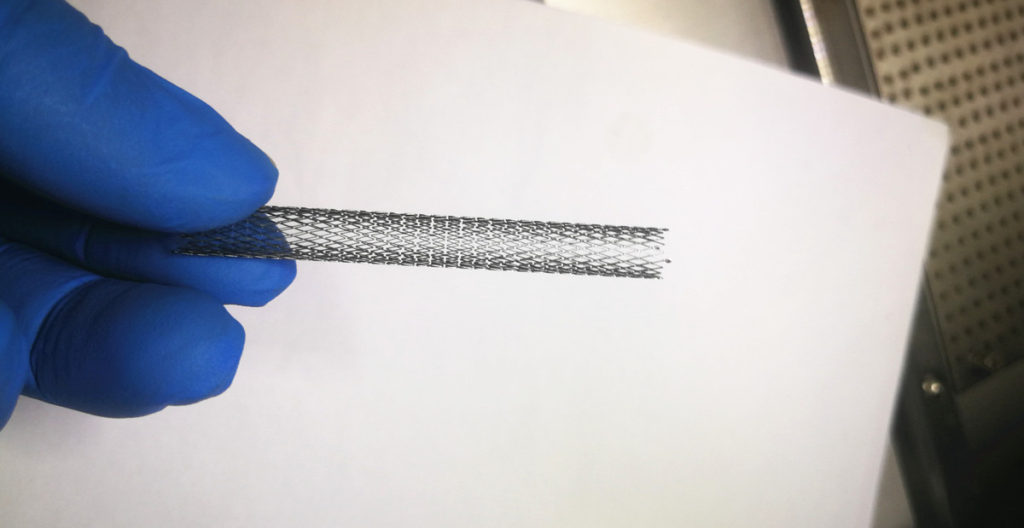Overview of Coronary Stents
Overview of Coronary Stents – Drug-eluting Stent Coatings – Cheersonic
Coronary Artery Disease continues to be the most common cause of morbidity and mortality in the western world. A well known cause of coronary artery disease is atherosclerosis. Although coronary artery bypass graft surgery has been proven an effective and curative approach to coronary artery disease, there has been a steady drive to develop less invasive therapies. Percutaneous coronary interventions, including percutaneous transluminal coronary artery angioplasty and coronary artery stenting coronary artery stenting, are examples of therapies which have changed the treatment of coronary artery disease.

Percutaneous transluminal coronary artery was first introduced into clinical practice by Andreas Grüntzig in the late 1970s. During percutaneous transluminal coronary artery, an expandable balloon catheter is inserted into an artery to reach the primary atherosclerostic plaque or secondary restenotic lesion, followed by inflation of the balloon to improve vessel patency and blood flow. However, this procedure causes injury to the blood vessel, resulting in vascular elastic recoil, neointimal proliferation and negative remodeling, often leading to restenosis, which will again lead to blockage of the blood and insufficient oxygenation of cardiac tissue. Besides the occurrence of restenosis, a more severe problem is the collapse of the artery, which may occur during the percutaneous transluminal coronary artery procedure after the deflation of the balloon or even during the recovery period after the angioplasty. Once this occurs, emergency coronary artery bypass graft is the only option. To overcome these issues, coronary artery stenting technology was proposed and developed. In coronary artery stenting, a metallic stent is crimped onto a balloon catheter and then placed at the narrowed segment of the artery with inflation and deflation of the balloon. The stent functions as a scaffold to expand and support the artery wall and thus reduce restenosis after balloon angioplasty.
In the late 1980s, Sigwart et al. first reported the successful insertion of bare-metal stents into the coronary arteries of eight patients. Over the years, with the development of several generations, the adoption of bare-metal stents has demonstrated an effective reduction in restenosis compared with percutaneous transluminal coronary artery alone and significant decreases in the rates of the major adverse cardiac events and death. Nevertheless, 20–30% of patients develop clinically evident restenosis. in-stent restenosis has become a new and significant clinical problem. To effectively reduce in-stent restenosis, many investigators have been developing new solutions to inhibit cell proliferation by locally delivering antirestenotic agents to the diseased arteries where stents are implanted. A revolutionary solution was the development of drug-eluting stents in the early 2000s. The drug-eluting stents take advantage of both reliable metallic stent platforms and the delivery of an effective antirestenotic drug. The drug is carried to the region of injury caused by stenting and delivered by a thin layer of stent coating on a standard coronary stent, thereby decreasing the rate of in-stent restenosis.
